How do you prepare to go to a remote place with challenging weather conditions? For winter in Lapland, one needs to plan and pack carefully so that you can have a comfortable trip. It’s probably a once in a lifetime journey for many. I have been above the Arctic Circle over 5 times now, in the middle of winter.
So, here are some good ideas to prepare you for the trip. If you are a hobby photographer and interested in how to take pro-like travel photos, here are some tips.
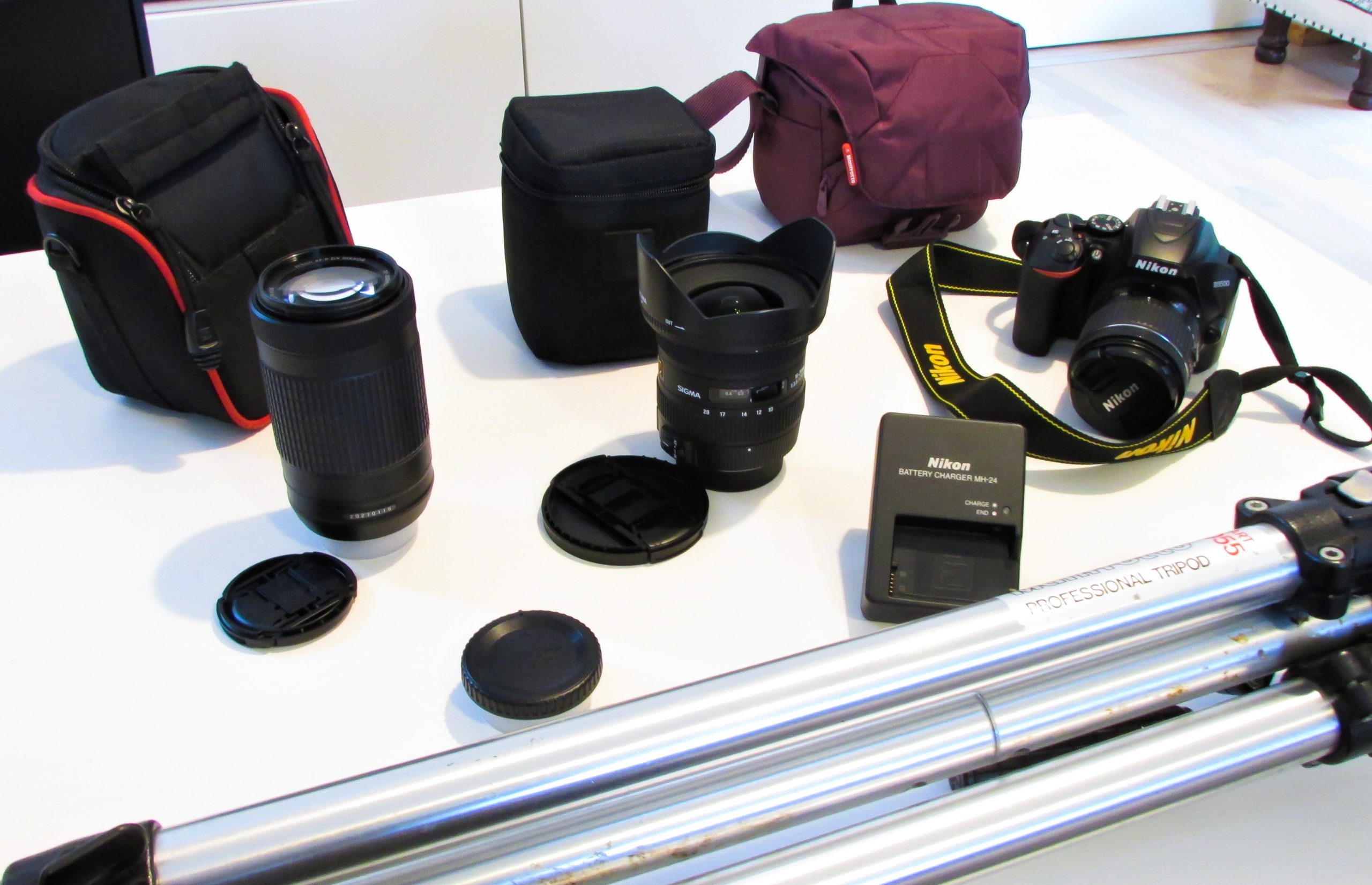
What photography gear do I use?
- Camera: I’ve had a Nikon D3500 for over a year, which is a basic DSLR that’s easy to manage, I like that it’s not too bulky and easy to carry around. It was the best one within my budget.
- Lenses: Other than a basic NIKKOR 18-55 mm DX, I also have the 70 -300 mm tele -zoom, good for bird and wildlife photography. The zoom range is alright, I would like to get a better one at some point later.
- SIGMA 10- 20 mm f3.5: I just bought this wide angle lens (second hand from Rajala Pro Shop Helsinki for about 240€), for this trip because it’s great for landscape and nighttime photography.
- A Tripod: very important for still landscape photos, and in this case you don’t want to be holding the camera in -20 temperatures while outdoors. Ours is borrowed and a pretty sturdy one. Buy or borrow a good quality tripod, it’s worth it.
Other than this, the battery charger, extra battery and extra memory card if needed. If you plan to stay out long with the camera, there is a chance that the battery drains quick. My camera has worked normally in -20 for at least half an hour. Tripod and lenses can all be quite heavy.
We are taking the train to Rovaniemi and then a rental car from there on, so it should be easy enough to carry equipment + luggage.
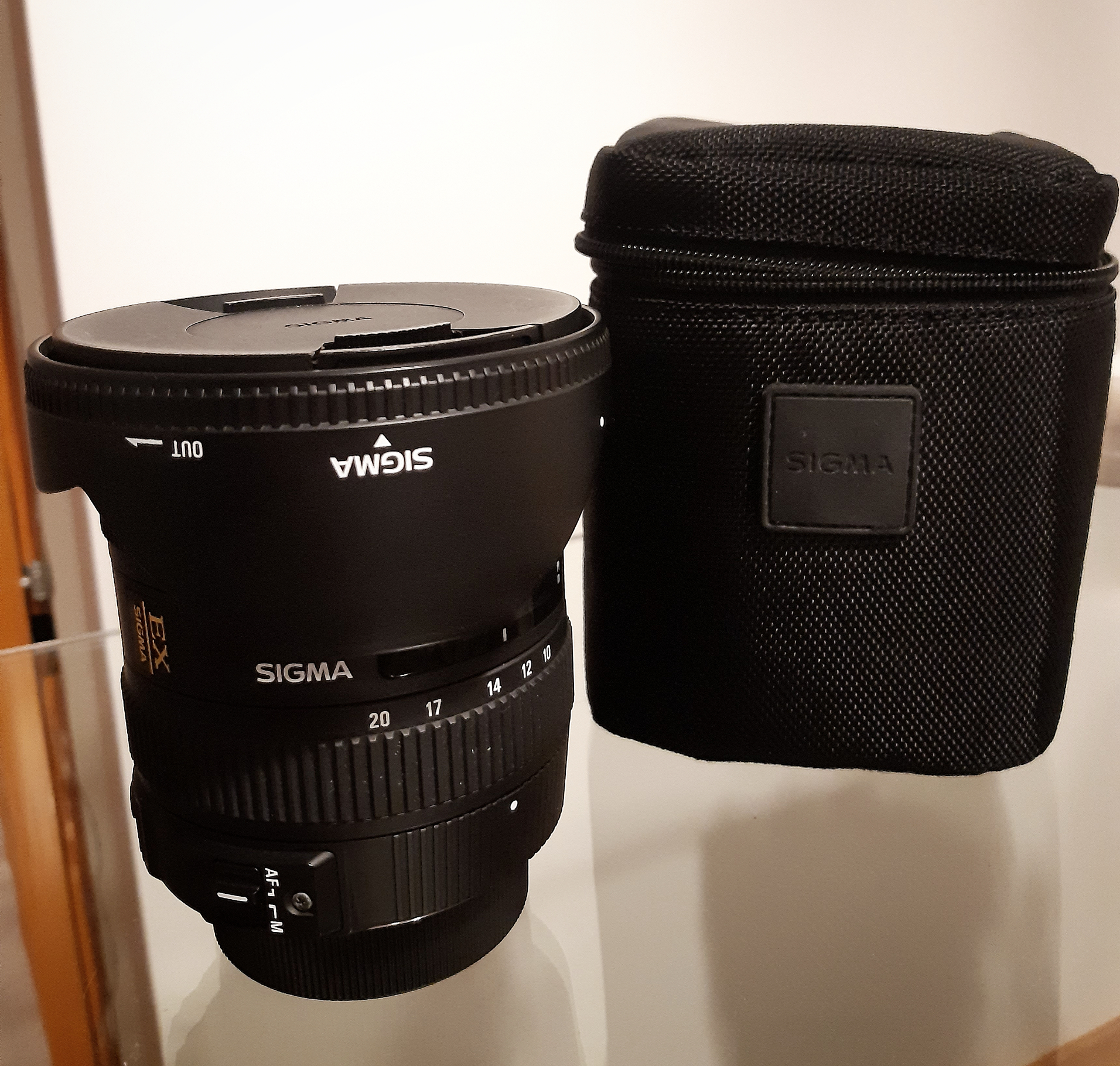
Tips for capturing the auroras:
The camera can capture what the eye cannot. Most photographs of the Northern lights are the result of long exposure photography, do not expect to see them the same way with the naked eye.
I researched the lens options and went through photo blogs to get some idea of what’s required. A wide angle and zoom lens would definitely come in handy for the whole trip. If you want to capture the northern lights, invest in a wide angle with at least f3.5 aperture (lower the better). The auroras tend to stretch out over the horizon so you can capture it all. A zoom lens for bird and wildlife photography.
Equipment and settings
If things are not within your budget (photography gear can be quite expensive), then try to find second hand or borrow/rent for your trip. Once you have that, set up the camera for the situation.
I use Manual [M] mode (can I call myself a professional photographer?); also Aperture and Shutter priority in other situations, but never Auto. I’ve taken some photography courses online but feel like I need much more practice, in different light conditions, to get a hang of how stuff works. For night situation and especially photographing Auroras you need specific settings such as:
- Aperture: Use the widest your lens allows, f2.8 or f3.5
- ISO: Set it to anywhere between 800–1600. This increases the sensitivity of the camera in low light conditions. You can also use a higher ISO, depending on your camera, if it can take a good clarity photo.
- Shutter speed: Somewhere between 5–15 seconds should give a good exposure. The camera should be completely still during this time.
- Focus: Set to Manual focus or infinity as you point it to the sky.
- White balance: Use Auto or direct sunlight. No flash, don’t blind yourself.
There are no fixed settings for any situation, try to experiment around these settings with your own camera and see what works – take a few test photos and see how it turns out!
You can find more info on this article: How to Photograph the Aurora Borealis. Use ExploreCams to find example photos taken with a camera and check the settings used for each photo. Below are some example photos I clicked a couple of nights ago, when the sky was clearing. The moon was bright, waning but not full, still made it difficult to see auroras if any.
Spotting Auroras
Have your camera set up and on a tripod before you go out into the cold. Once you have everything ready, look up at the sky and let your eyes slowly adjust. Wait for the auroras to show up.
After all, seeing the Auroras is rare. Even though the Aurora season is October to March in Lapland, you really need clear skies to see anything. There are many other factors such as light pollution, the moon etc. that might make it difficult. They might come and disappear in moments. I saw it the first time I was in Lapland, in Saariselkä far up north and it was by pure chance. Wasn’t prepared to see them directly overhead while walking out at around 11PM. It was mind-blowing.
We saw a good show of Auroras last night, again around 11PM at Pyhätunturi. I got to photograph them the first time. Photo gallery and tips!

Get ready for Lapland – travel tips
Clothes:
Braving Lapland in winter, you need to ensure you have proper clothes! Otherwise, you won’t enjoy being outdoors, let alone be able to do or spend much time outside. Your face, feet, and hands will freeze and should not be exposed to the cold for long. Nighttime temperatures may drop to -30.
Being a photographer is tough in these conditions, as you can’t work your camera with bare fingers and might need to stay out long (waiting for auroras). Prepare to be outdoors. The ideal wear would be ski-wear! On top of thermal wear (top and bottom), wear a sweater, winter jacket and ski-trousers as bottom. Cover your neck, head and ears well too with a scarf and beanie.
I wear a borrowed set of ski pants and gloves. They are 100% polyester. Waterproof and heat-trapping material is a must. Cotton doesn’t work so well. My old thermals are actually combed cotton but it has been warm. Any faux wool/polyester/acrylic/fleece clothes work well. You can surely find ski wear in second-hand clothing stores in Helsinki.
Pay special attention to hands and footwear. Wear a thinner pair of gloves under the insulating mitts (like mine in the photo below). Buy boots made for snow, my Sorel ones have helped me survive the weather well. It’s made from all-new material, lined with fleece.
what NOT to wear
Any kinds of animal skins, fur or feathers is big NO. Many already know that fur production is extremely cruel. To obtain fur or leather, the animal must be killed (sometimes many are killed to make one jacket). Animals raised in fur farms live in miserable conditions and are electrocuted or gassed before they are skinned. This still happens in Finland, shockingly. Also, brands like Canada Goose use real fur from animals trapped in the wild, in addition to feathers plucked off birds (down).
Vegans also avoid wool because it uses sheep that are eventually sent to slaughter. Read more on this informative blog by Minimalist Vegan. Another good article: What Is Ethical Wool & Does It Really Exist?
We have good enough synthetic and plant-origin materials that serve the same purpose. There is no need to steal an animal’s skin and support cruel practices.
Food & snacks for the road

Maybe I don’t need to tell you this, but carry energy bars, instant oats, nuts etc. to eat with you. The train or bus journey to the north usually takes 8-12 hours, so it’s good to have something to munch. On the long distance VR trains, there’s a restaurant with a couple of vegan meals. We avoided buying anything on our 8-hour journey to Rovaniemi as we had packed some own food and had Deli-kaura (oat) subs for lunch. On the return journey we tried their falafel salad which was nice but expensive.
Also, there’s limited stores and restaurants once you’re in Lapland, so do your grocery shopping in Rovaniemi – you probably make a stop there, before you head further north. We recommend K-Citymarket on the way to Santa Claus village. Great selection and lots of vegan options.


Check out Abillion app to see what we ate on our trip – if you haven’t signed up there yet, you can do so with referral code VEGANHAVEN.
That’s it for our tips. If you have any questions at all, drop a comment below!
–> Found this post useful? Buy me a Coffee!
Last updated on November 26th, 2025

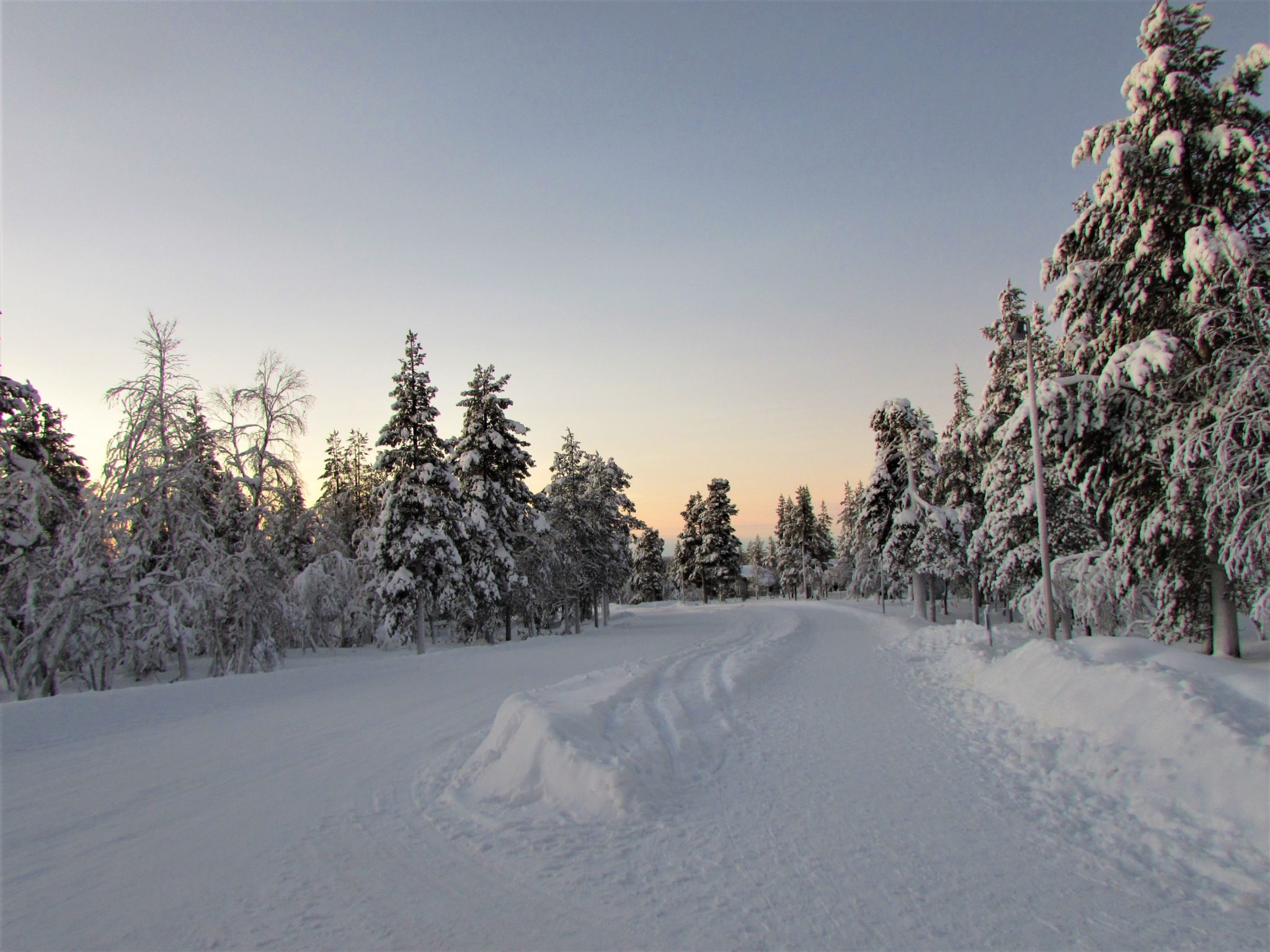







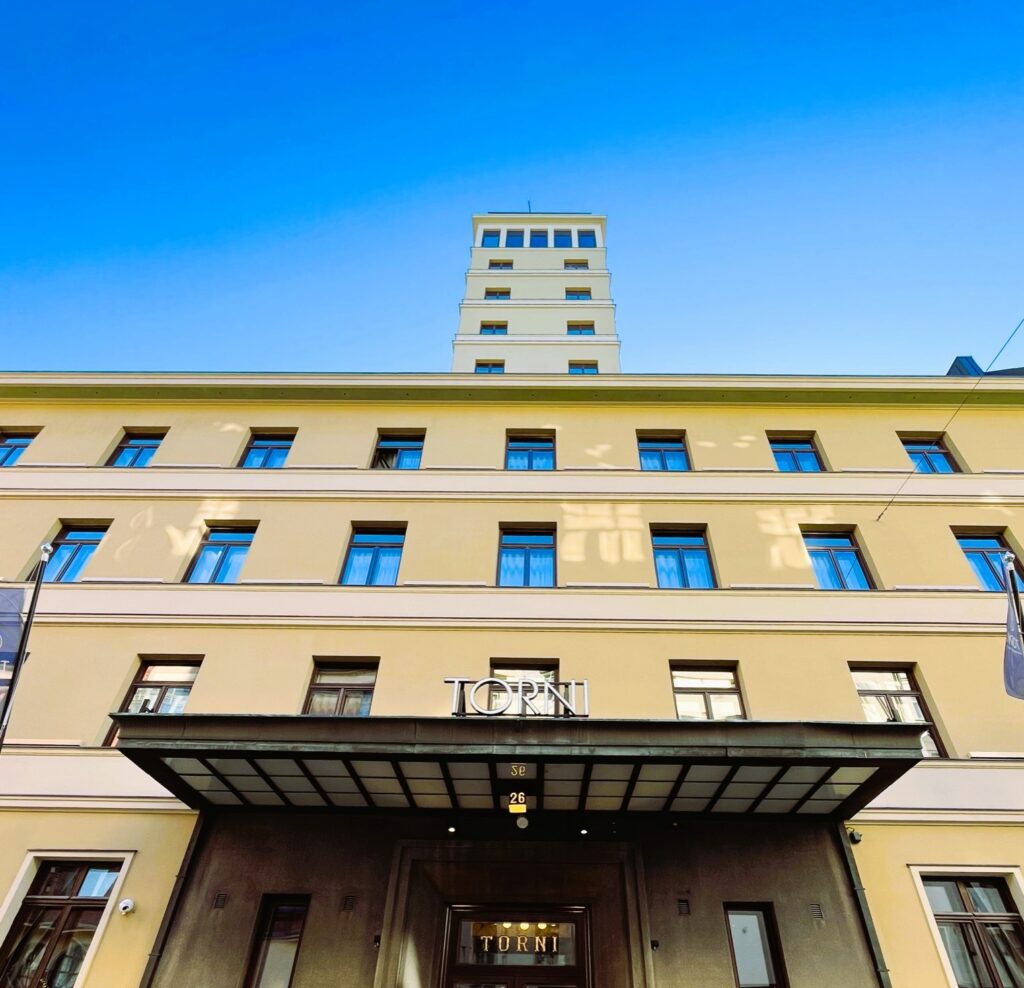
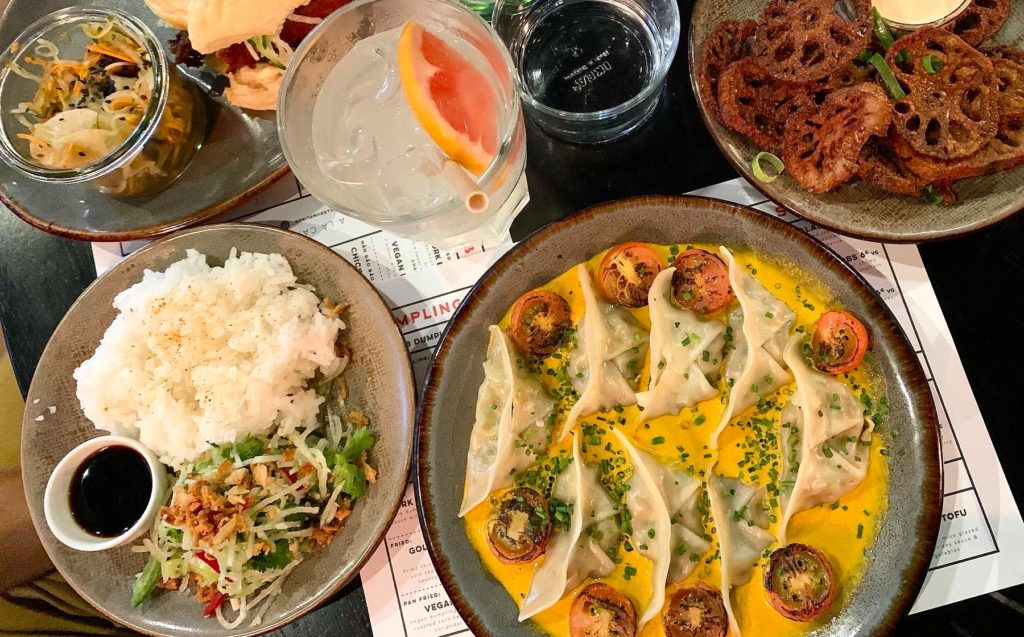

[…] in Lapland we have travelled to and stayed in several times. Check out our previous post on how to prepare for a trip to Lapland. Hover over the map of Finland to see the locations I’m going to talk about […]
[…] properly so I created this Aurora photo gallery with a collection of the best photos. Check out my previous post on photography gear and tips on capturing the Northern Lights – Aurora Borealis – […]